Mass Spec Instrumentation
Dionex LC-UV/Vis-Fluorescence
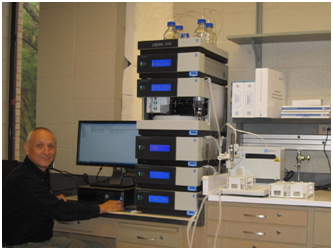
High Performance Liquid Chromatography is a separation technique which exploits various migration velocity of multiple mixture components along the column due to various strength of interaction with the column stationary phase. As the mobile phase leaves the column it reaches the detector which generates a signal proportional to the amount of sample component, hence allowing for quantitative analysis of the sample components. Computer with dedicated software is used for control of the HPLC instrument and provide data analysis. HPLC software is capable of creating complicated solvent mixture needed for chromatographic separation. Various detectors are in common use, such as UV/Vis, photodiode array (PDA) or based on mass spectrometry. This HPLC also have a computer controlled column oven that allows for adjusting the temperature at which the separation is performed.
THERMO LCQ Fleet LC-MS
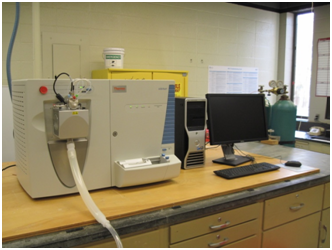
Routine sample can be run quickly, easily and reliably using the Thermo Scientific™ LCQ Fleet™ ion trap mass spectrometer. With excellent full-scan sensitivity and rugged operation, this system delivers rich information for complex samples in high-throughput applications such as natural product and impurity analysis, and general analytical chemistry. Easy-to-use, the LCQ Fleet integrates seamlessly with HPLC systems under a single point of control. Ion Trap offers MS/MS capability for molecular structure elucidation. In MS/MS ions are formed in the ion source and separated by mass-to-charge ratio in the first stage of mass spectrometry (MS1). Ions of a particular mass-to-charge ratio (precursor ions) are selected and fragmented by collision-induced dissociation creating fragments (product ions). The resulting ions are then separated and detected in a second stage of mass spectrometry (MS2). Instrument is built with unique configuration involving dual detection mode; serial PDA followed by MS detection which improves detectability and helps in component identification
THERMO TRACE GC-MS ULTRA
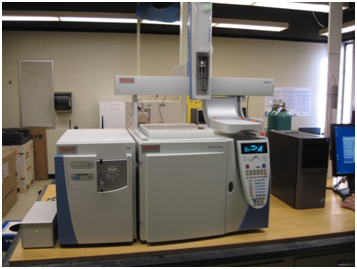
Gas chromatography–mass spectrometry (GC-MS) is an analytical method that combines the features of gas-chromatography and mass spectrometry to identify different substances within a test sample. Through compound specific retention time and positive mass spectrum GC-MS offers double conformation of the compound identity. For this reason GC-MS has been regarded as a "gold standard" for forensic substance identification because it is used to perform a 100% specific test, which positively identifies the presence of a particular substance.
Agilent UV/Vis Spectrophotometer
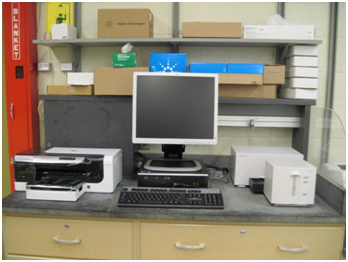
Ultraviolet–visible spectroscopy (UV-Vis or UV/Vis) is an absorption in the ultraviolet-visible spectral region. This means it uses light in the visible and adjacent near-UV ranges. The absorption in the visible range directly affects the perceived color of the chemicals involved. Absorption spectroscopy is complementary to fluorescence spectroscopy, in that fluorescence deals with transitions from the excited state to the ground state, while absorption measures transitions from the ground state to the excited state.[1] Molecules containing π-electrons or non-bonding electrons (n-electrons) can absorb the energy in the form of ultraviolet or visible light to excite these electrons to higher anti-bonding molecular orbitals. UV/Vis spectroscopy is routinely used in analytical chemistry for the quantitative determination of different analytes.
PerkinElmer 2400 Series II CHNS/O Analyzer
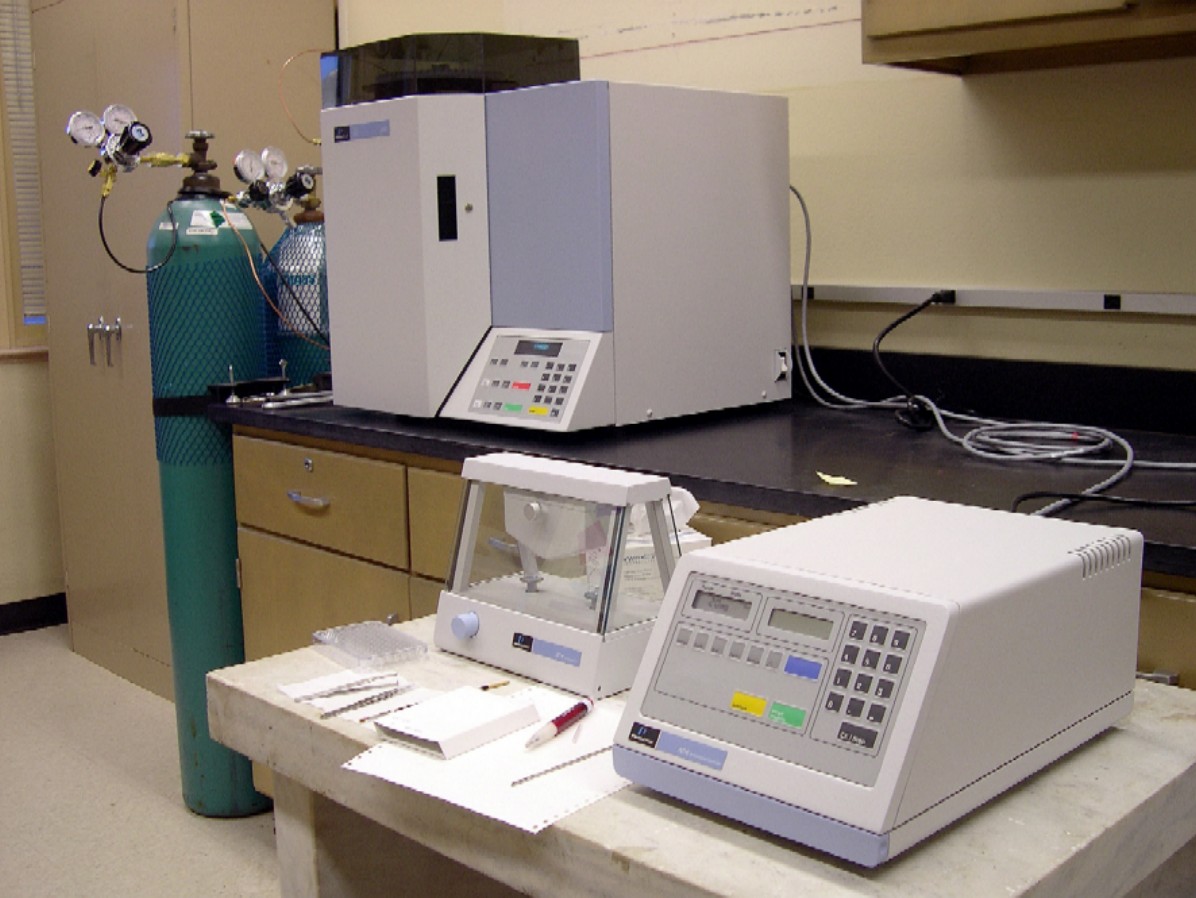
CHNS analysis—the determination of the mass fractions of carbon, hydrogen, nitrogen, and sulfur of a sample. This information helps in determination of the structure and purity of a synthesized compound. Although spectroscopic technics (like NMR, both 1H and 13C), mass spectrometry and chromatographic procedures have replaced EA as the primary technique for structural determination, it still gives very useful complementary information. It is also the fastest and most inexpensive method to determine sample purity. The principle of CHNS determination depends on catalytic combustion of precisely weighed sample followed by chromatographic determination of formed volatile combustion products (CO2, H2O, N2 and SO2). In 2400 series II Analyzer sample introduction, combustion followed by reduction and chromatographic analysis are performed automatically.
Shimadzu AA–6300 Atomic Absorption Spectrophotometer
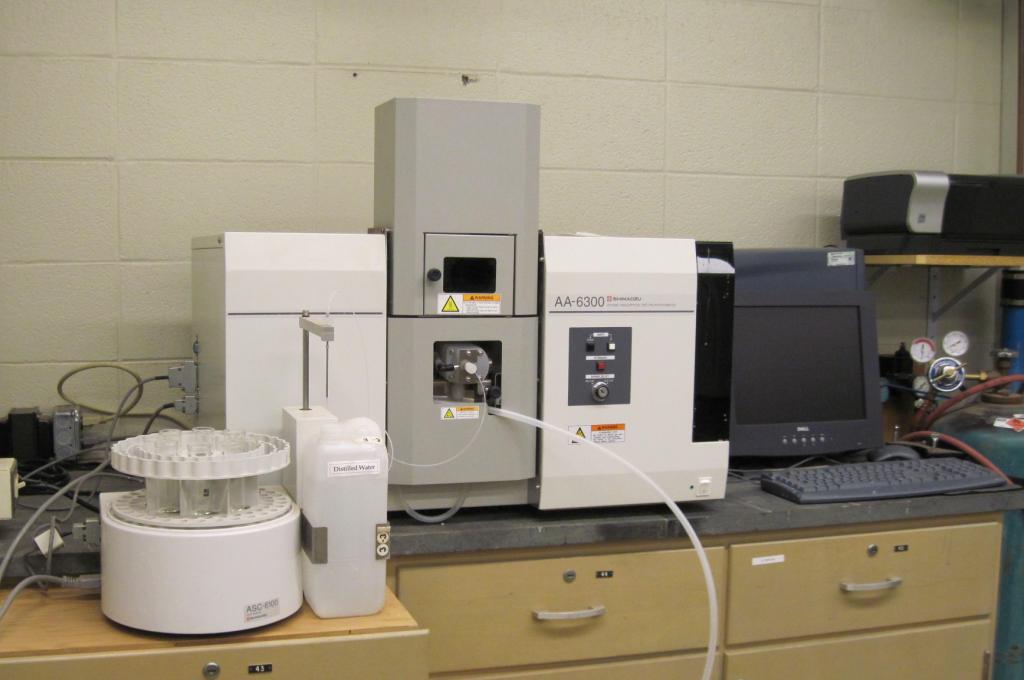
Atomic absorption spectroscopy (AAS) is an analytical procedure for the quantitative determination of chemical elements using the absorption of optical radiation (light) by free atoms in the gaseous state. The liquid sample is being nebulized into Air-Acetylene gas mixture and introduced into the flame. The absorption of particular wavelength is used for determination of atom concentration. In analytical chemistry the technique is used for determination of the concentration of a particular element in a sample. AAS can be used to determine over 70 different elements in solution.
FT-IR
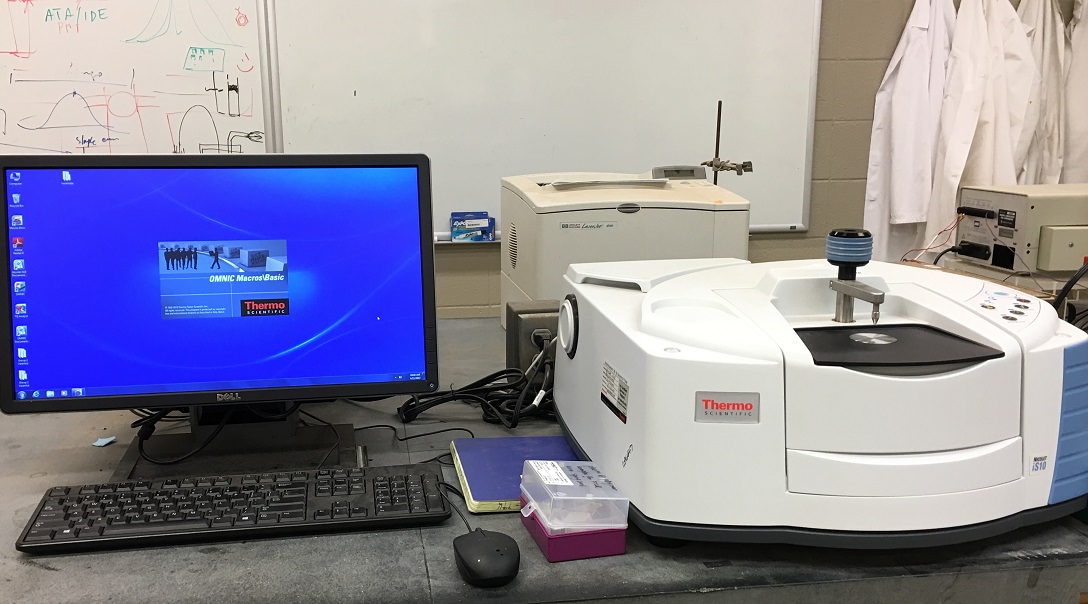
Fourier transform infrared spectroscopy (FTIR) is a technique which is used to obtain an infrared spectrum of absorption or emission of a solid, liquid or gas. An FTIR spectrometer simultaneously collects high spectral resolution data over a wide spectral range. The Nicolet iS10 FT-IR spectrometer is a complete infrared spectroscopy system for routine analytical needs. It delivers high confidence in the verification and identification of materials. The instrument offers precise and fast operation, simplifies laboratory data collection, combining advanced technology with easy operation for quality performance across technicians of any skill level. Just load your sample, generate the spectrum and print.
Dionex DX-120 Ion Chromatograph
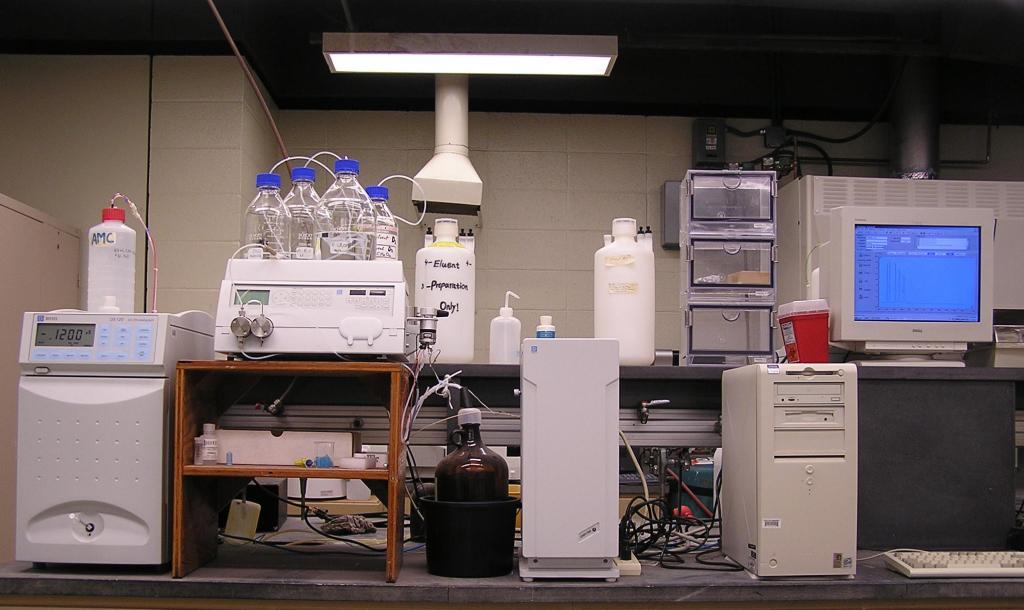
Ion chromatography (or ion-exchange chromatography) is a chromatography process that separates ions and polar molecules based on their affinity to the ion exchanger. Typically one Ion exchange column is used for separation of cations and another for separation of Anions. DX-120 offers suppressed conductivity detection in which the useful signal is obtained through the suppression of high conductivity originating from the presence of counter-ion.
HRMS EXACTIVE
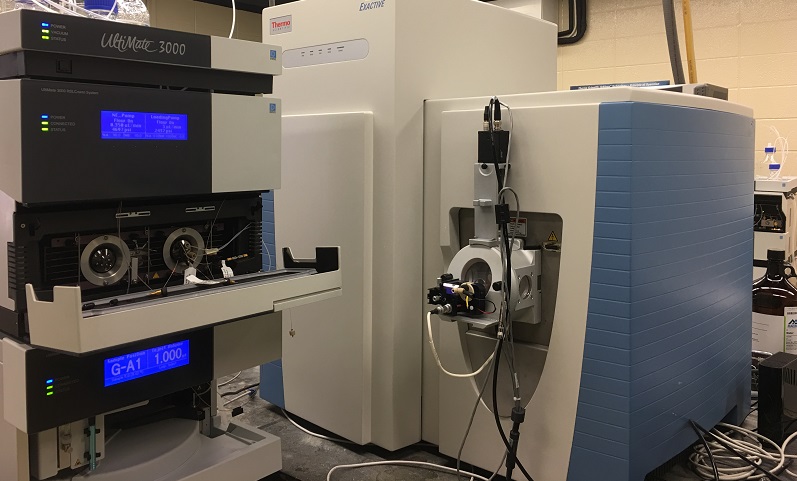
Exactive is a High Resolution MS system in which Fourier Transformation based Orbitrap mass analyzer is used. In Orbitrap Ions are electrostatically trapped in an orbit around a central, spindle shaped electrode. The electrode confines the ions so that they both orbit around the central electrode and oscillate back and forth along the central electrode's long axis. This oscillation generates an image current in the detector plates which is recorded by the instrument. The frequencies of these image currents depend on the mass to charge ratios of the ions. Mass spectra are obtained by Fourier transformation of the recorded image currents. Orbitraps have a high mass accuracy, high sensitivity and a good dynamic range. Because of High Resolution, Orbitrap is an excellent tool for confirming molecular identity.
Publications and Authorship
Routing service analyses will not warrant authorship; however, the facility needs to be acknowledged for the provided services. Analyses that require method development or analysis that are different from the routine services offered by the facility warrant authorship of the person providing the needed assistant.
Department of Chemistry & Biochemistry
-
Address
1204 Boston Avenue, Lubbock, TX 79409-1061 -
Phone
806.742.3067
